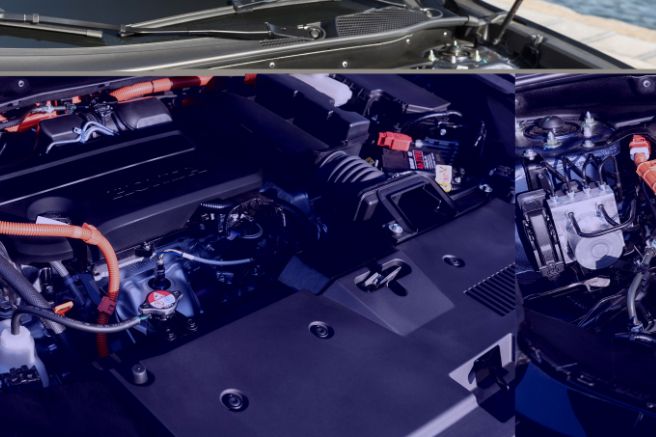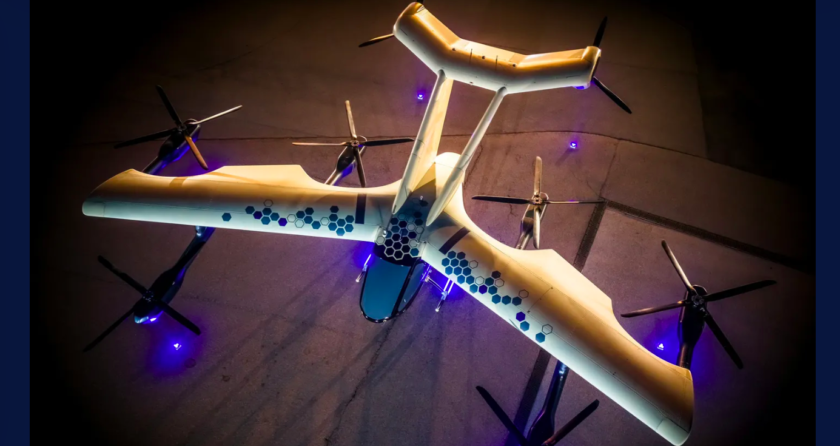
Under the influence of ecologically-driven initiatives aimed at improving the sustainability of urban mobility for both people and goods, the aeronautical sector is witnessing a diversification in air transport solutions and the development of a new generation of aircraft specialized in short-range travel. “Advanced Air Mobility” is the term coined for this new category of aircraft, although it’s somewhat misleading to define them as such, given their specialization in facilitating the movement of people and goods within large cities or areas with operational radii of just a few dozen kilometers.
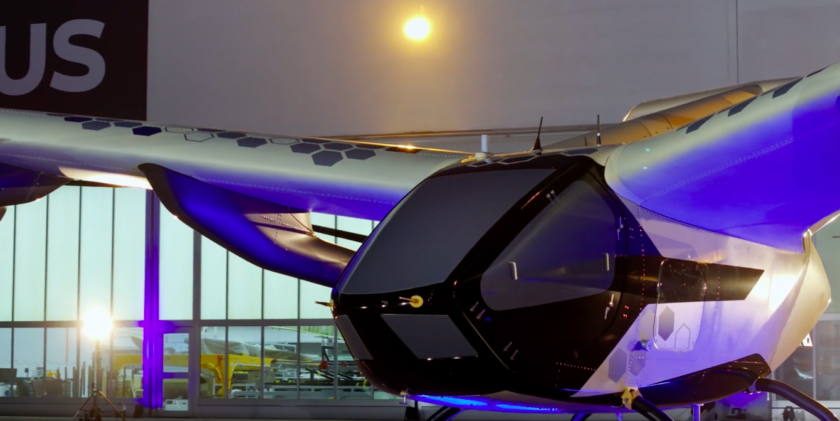
These aircraft are hybrids that combine the vertical takeoff and landing capabilities typical of helicopters—hence the term “VTOL”—with multirotor propulsion architectures commonly found in drones. This is coupled with innovative designs that integrate wing-like surfaces for aerodynamic lift, often supported by electric power systems. Industry analysts suggest that such aircraft could see a growth rate of 25% in the coming years. Leading to a projected global market turnover of around €45 billion by 2030.
eVtol full electric
Consequently, major aircraft manufacturers are also delving into this field, exemplified by Airbus‘ recent entry into the segment with the debut of their full-electric vertical takeoff and landing (eVTOL) prototype called “CityAirbus NextGen” at the inauguration of the new testing center in Donauworth, Bavaria.
This marks the first project developed by the new division of the facility, focusing on designing electric VTOL aircraft. Airbus’ long-term investments in developing products for advanced air mobility underscore the significance of this endeavor. “CityAirbus” is likely one of the most sophisticated newly designed vertical takeoff aircraft to date, weighing two tons with a wingspan of 12 meters. A dimension that extends to its length considering the space occupied by the propellers and propulsion rotors.
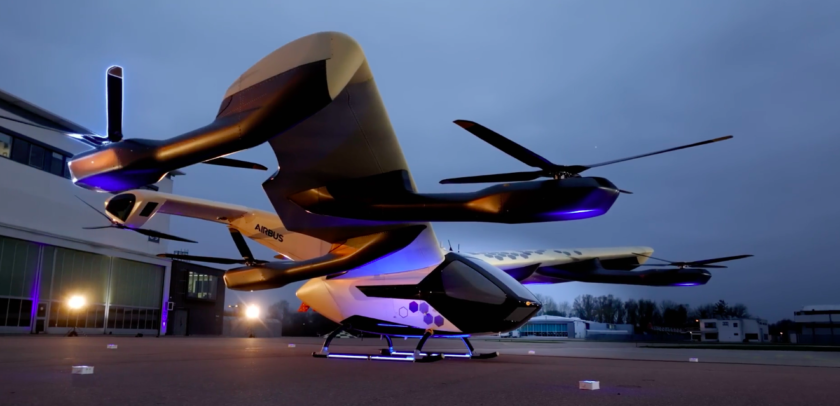
The propulsion rotors, featuring a four-blade architecture with an approximate diameter of a couple of meters, are driven by electric motors, although their specific specifications have not yet been disclosed. They are arranged parallel to the yaw axis to act as both propulsion and lift thrusters. Housed within extended engine nacelles beyond the wing profile, they allow for alignment with the main wing surfaces. Two rotors are positioned in front of the wing leading edge, with four rotors arranged at the rear edge. Additionally, two three-blade rotors are located at the ends of the large T-shaped tailplane, featuring a double vertical stabilizer developed from the fuselage midsection.
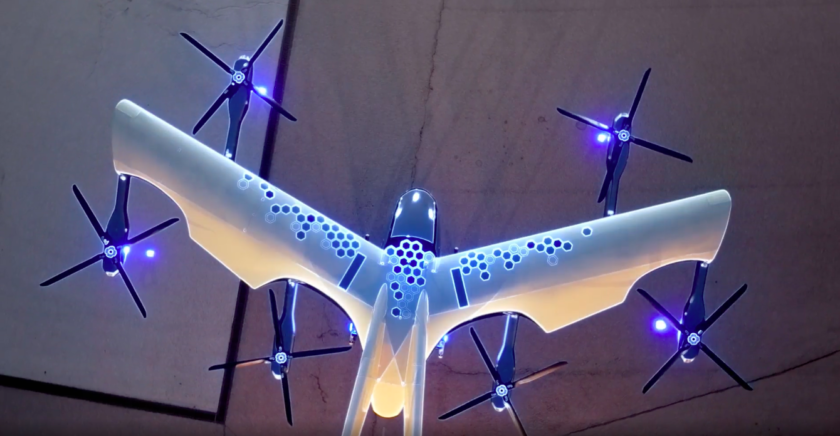
80 kilometers
The unique and innovative design of the aircraft extends to the shape of the main wing surfaces, featuring a negative sweep and arc-shaped notches on the trailing edge to facilitate rotor rotation. This configuration enables “CityAirbus” to achieve a cruise speed of 120 kilometers per hour, with the full-electric battery power architecture providing an estimated flight autonomy of around 50 miles, approximately 80 kilometers.
This range is significantly lower compared to other full-electric eVTOL projects, which boast ranges of 200 to 400 kilometers, likely reflecting a compromise between battery pack size and weight and the need to maximize payload capacity for transporting more passengers. The possibility of high-voltage direct current charging will likely enable rapid recharges in just a few tens of minutes, allowing the Airbus prototype to cater to taxi services along specific routes.
In January, Airbus, Ita Airways, UrbanV, and Enel announced a collaboration to develop an infrastructure network in Italy to support the operation of Airbus eVTOL aircraft, particularly focusing on vertiports and appropriate battery pack charging systems.
Title: Airbus “CityAirbus NextGen”, urban specialization
Traslation with ChatGPT

